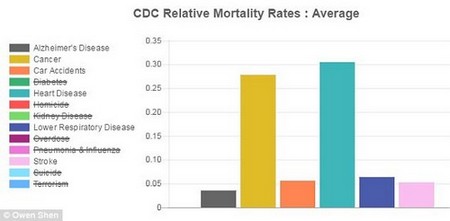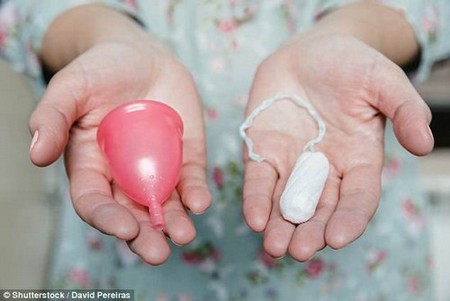Whether you’re heading off on a jaunt abroad or lapping up the rays in the UK, sun cream is absolutely essential (yes, even when it’s not even sunny).
As well as obviously preventing skin from burning, a trusty SPF (preferably factor 50) is one of the best anti-ageing products you can slather on each day because it protects skin from harmful UV rays.
But stop right there! You can’t just whack on any old thing; it’s actually super important to select a sun cream that’s right for your skin type.
We called on LloydsPharmacy pharmacist, Anshu Kaura, to share her definitive guide to selecting the right suncream for your specific skin type.

Sensitive skin
“For individuals with sensitive, eczema or psoriasis-prone skin, extra care may need to be taken when choosing your sun protection to not aggravate the skin. Whilst in many cases the sun can improve eczema symptoms, in other cases sun exposure can cause the condition to become worse.
“When choosing sun protection always look at the ingredients list and try to avoid those which you know can irritate your skin. Opting for fragrance-free protection alongside looking for creams specifically designed for sensitive skin may also help. If you’re looking to try something new, Solero Ultra-Sensitive Sun Lotion 200ml (available in SPF 30 and 50, £7, LloydsPharmacy) is dermatologically-tested and helps protect sensitive skin, prone to flare-ups and allergies.
“The sun can make your skin feel very dry, therefore make sure you keep your skin well hydrated and moisturised everyday. Don’t neglect regular emollient application both pre and post sun exposure to help rehydrate and soothe the skin.”
Allergy-prone skin
“Many people experience heat rash, or more commonly known as ‘prickly heat’ after a spell in the sun. This isn’t caused by the sun itself, but rather by the heat generated. You can try and avoid prickly heat by keeping cool, wearing loose clothing, staying hydrated and keeping vigorous exercise in the heat to a minimumi. However, it can be difficult to avoid the heat altogether, especially when abroad or on a particularly humid day.
“If you’re prone to prickly heat, try a cream with allergy prevention benefits which provides high levels of UVA & UVB protection as well as forming a protective barrier on the skin to help prevent sun allergies, blisters, redness, itching and fluid retention.
Dark skin
“There is a common misconception that if you have darker skin you are not susceptible to sun damage. However, the sun can cause damage to every individual and every skin tone and type.
“Whilst if you have a darker skin tone you may be less likely to burn, the sun can still damage your skin. Individuals with darker skin may be more susceptible to skin damage on areas of the skin with less pigmentation such as the soles of the feet and palms of the handiv.
“For darker skin tones, protection such as an invisible spray is easy to apply, is 100% transparent and leaves no smears or marks. It’s also quick drying and contains vitamin E to help the skin stay hydrated and nourished.”
Fair skin
“If you have fair skin you may be more susceptible to both surface damage (burning) and longer-term sun damage. If you have freckles or moles you should take extra care in the sun. The sun can damage individuals with fair skin with as little as 5 – 10 minutes exposure. However, even for the darkest skin tones, just an hour of sun exposure can start to cause damage to the skin.
“Whether you are spending long periods of time outside during summer or are incidentally exposed to the sun whilst out and about, those with fair skin should always be applying high-factor sun protection (SPF 30+). You should also remember to reapply suncream after swimming (even if the cream is water resistant) seek shade between the hours of 12:00 and 15:00 and cover-up sensitive areas of skin such as the shoulders.
“For sensitive areas of skin such as the lips, you can try a lip protection stick, which provides moisturising UVA & UVA protection.
Oily skin
If you have oily skin, the summer heat can exasperate this. The heat can encourage greater sebum production which is one of the leading causes of oily skin. Application of the wrong sun cream on top of your daily moisturiser may leave your skin feeling greasy or sometimes cause breakouts on the face.
“However, you mustn’t forgo the sun protection, even if you are concerned about applying a number of creams to your skin. Many moisturisers contain SPF, however they are often a lot thinner than specially formulated sun creams and may not contain protection against both UV-A & UV-B rays.
“Instead of doubling up your moisturiser, you could use a sun cream with moisturising properties in place of your daily moisturiser.”
Race you to the sun lounger!



